
Exploring the Enchanting Hato Caves
Explore the historic Hato Caves in Curacao, a natural wonder with stunning limestone formations, ancient rock carvings, and rich cultural heritage.
Discover the Hato Caves, a stunning natural attraction located on the beautiful island of Curacao. These caves are filled with fascinating limestone formations, stalactites, and stalagmites that have formed over thousands of years. The caves are not only a geological wonder but also hold historical significance as they were once used by the indigenous Arawak people and runaway slaves seeking refuge. As you venture into the heart of the caves, you will be greeted by a cool, refreshing environment that contrasts with the warm Caribbean climate outside. The guided tours offer insightful information about the history, geology, and legends associated with the caves, making the experience both educational and immersive. Keep an eye out for the natural pools and the famous Madonna statue, a formation that resembles the Virgin Mary. Outside the caves, the surrounding landscape is equally captivating. The Hato Caves are situated near a lush park area where you can enjoy a leisurely walk and spot native wildlife. The park also features several trails that lead to ancient rock carvings, known as petroglyphs, created by the Arawak people. This combination of natural beauty and cultural heritage makes the Hato Caves a must-visit destination for any traveler to Curacao.
Local tips in Hato Caves
- Wear comfortable walking shoes as the cave floors can be uneven and slippery.
- Bring a light jacket or sweater; the temperature inside the caves is cooler than outside.
- Photography is allowed, but be mindful of the delicate formations and do not touch them.
- Guided tours are available in multiple languages, so check the schedule in advance.
- Explore the nearby trails to see the ancient petroglyphs and enjoy the natural scenery.
Exploring the Enchanting Hato Caves
Discover the Hato Caves, a stunning natural attraction located on the beautiful island of Curacao. These caves are filled with fascinating limestone formations, stalactites, and stalagmites that have formed over thousands of years. The caves are not only a geological wonder but also hold historical significance as they were once used by the indigenous Arawak people and runaway slaves seeking refuge. As you venture into the heart of the caves, you will be greeted by a cool, refreshing environment that contrasts with the warm Caribbean climate outside. The guided tours offer insightful information about the history, geology, and legends associated with the caves, making the experience both educational and immersive. Keep an eye out for the natural pools and the famous Madonna statue, a formation that resembles the Virgin Mary. Outside the caves, the surrounding landscape is equally captivating. The Hato Caves are situated near a lush park area where you can enjoy a leisurely walk and spot native wildlife. The park also features several trails that lead to ancient rock carvings, known as petroglyphs, created by the Arawak people. This combination of natural beauty and cultural heritage makes the Hato Caves a must-visit destination for any traveler to Curacao.
When is the best time to go to Hato Caves?
Iconic landmarks you can’t miss
Queen Emma Bridge
Discover the beauty of Queen Emma Bridge, an architectural gem in Willemstad, Curaçao, offering stunning views and a glimpse into local culture.
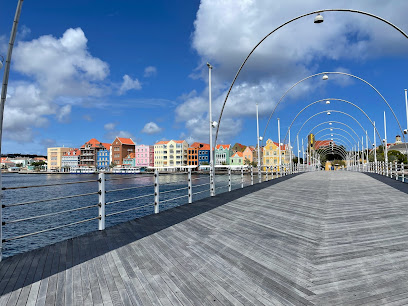
Curaçao Sea Aquarium
Discover the vibrant marine life and conservation efforts at Curaçao Sea Aquarium, a top tourist attraction for ocean lovers.

Landhuis Chobolobo
Explore Landhuis Chobolobo, a historical plantation in Curaçao, known for its captivating gardens and the iconic Blue Curaçao liqueur.

Curaçao Ostrich Farm
Explore the enchanting Curaçao Ostrich Farm, where adventure meets education in a stunning tropical setting, perfect for all ages.
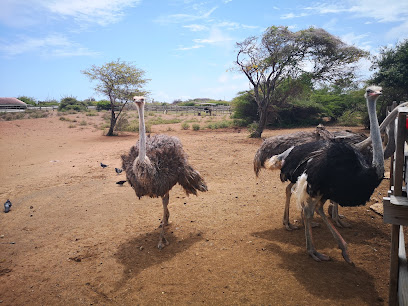
Museum Kura Hulanda
Discover the profound history of Curaçao at Museum Kura Hulanda, where the island's rich heritage comes to life through captivating exhibits and stories.
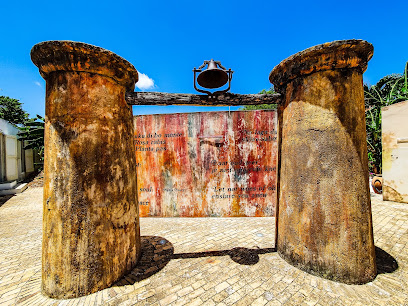
Fort Beekenburg
Unveil the rich history of Curaçao at Fort Beekenburg, a stunning historical landmark offering breathtaking views and a journey through time.
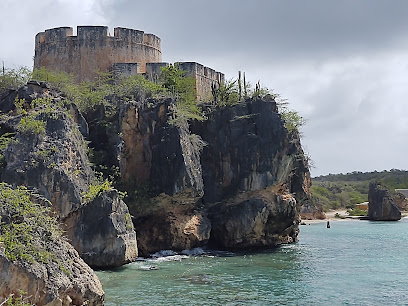
Watamula Hole
Experience the breathtaking beauty of Watamula Hole in Curaçao, a scenic spot where nature's artistry meets stunning ocean vistas.

Christoffel Mountain
Explore the breathtaking Christoffel Mountain, Curaçao's highest peak, and immerse yourself in the island's stunning landscapes and rich biodiversity.
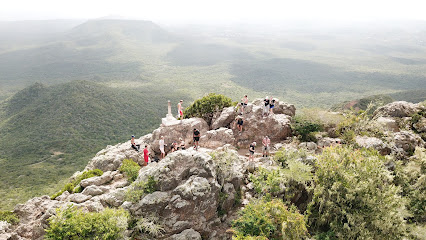
The Curaçao Museum
Explore The Curaçao Museum: A Cultural Gem of Willemstad Showcasing the Island's Vibrant History and Artistic Heritage.
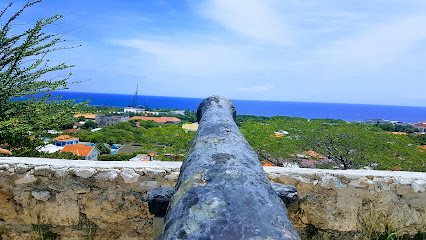
Boka Tabla
Discover the dramatic cliffs and mesmerizing blowholes at Boka Tabla, a must-see natural attraction in beautiful Curaçao.
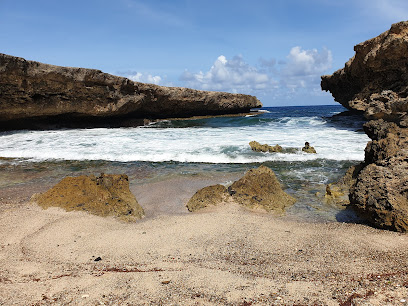
Landhuis Ascencion
Explore Landhuis Ascencion, a historic museum in Curaçao that beautifully combines art, culture, and nature in a tranquil plantation setting.
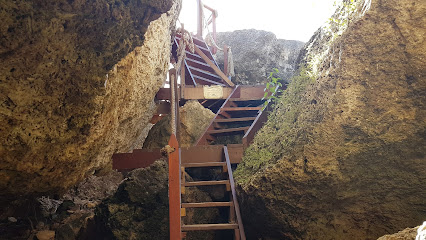
Blue Room Cave
Discover the breathtaking beauty of Blue Room Cave in Curaçao, where azure waters and vibrant marine life await your exploration.

Free Walking Tours Curaçao
Experience the charm and history of Willemstad, Curaçao through engaging walking tours led by local experts, perfect for every traveler.
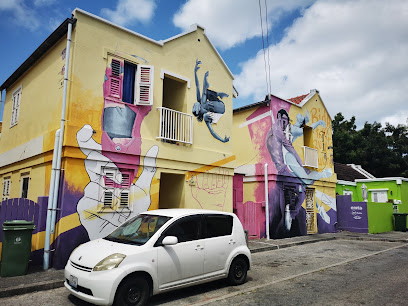
Boka Grandi
Discover the untouched beauty of Boka Grandi, a serene nature preserve in Curaçao perfect for relaxation and exploration.
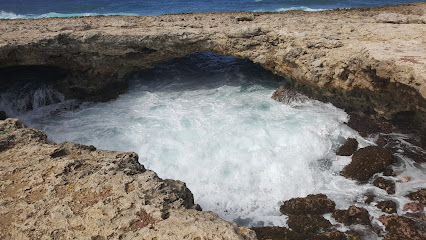
Tomasito Cave
Discover the mystical allure of Tomasito Cave in Curaçao, a natural wonder with stunning formations and a serene stream, perfect for exploration and relaxation.
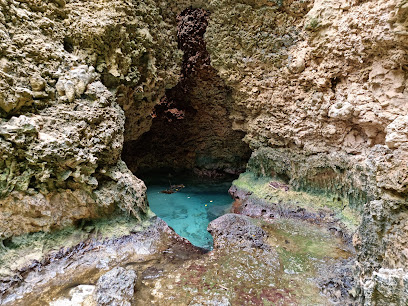
Unmissable attractions to see
Curaçao Sea Aquarium
Explore the vibrant marine life and conservation efforts at Curaçao Sea Aquarium, a top Caribbean tourist attraction for all ages.
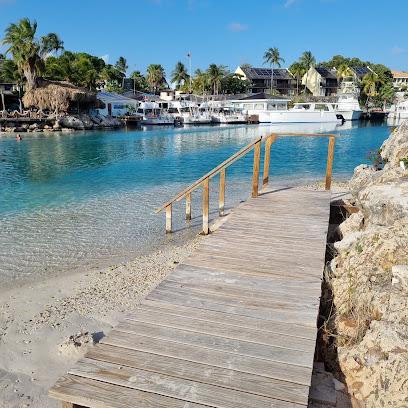
Marie Pampoen Beach
Experience the tranquil beauty and vibrant culture of Marie Pampoen Beach in Willemstad, Curaçao, where adventure meets relaxation in stunning surroundings.
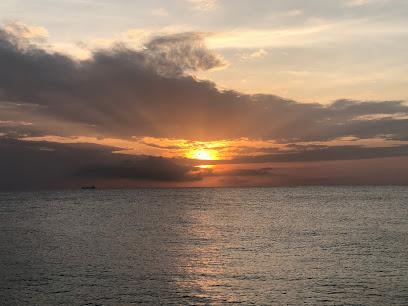
Den Paradera Herb Garden Curaçao by Dinah Veeris
Explore Den Paradera Herb Garden in Curaçao for an immersive experience of Caribbean herbs, spices, and traditional medicinal plants in a lush setting.
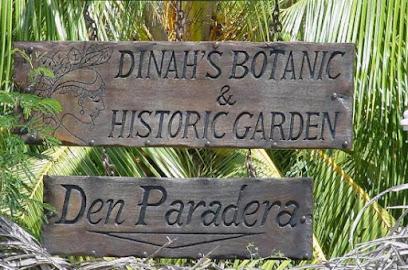
Duikcentrum van de Ven
Experience the rich marine life of Curaçao at Duikcentrum van de Ven, your gateway to exceptional diving adventures in the Caribbean.
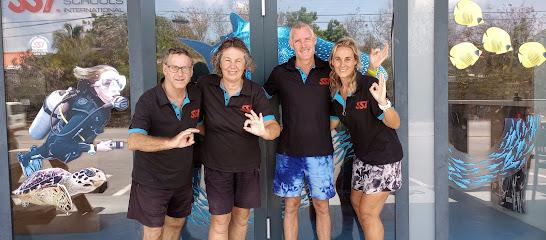
Tugboat Bar
Discover Tugboat Bar in Willemstad, Curaçao - a vibrant oasis for cocktails, local cuisine, and stunning Caribbean views.
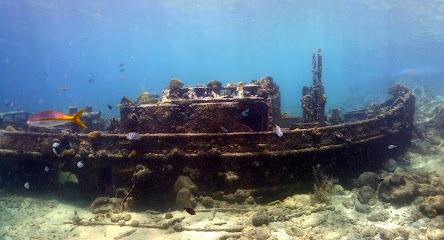
Flamingo Habitat
Explore the stunning Flamingo Habitat in Curaçao, a wildlife refuge teeming with vibrant ecosystems and magnificent flamingos in their natural habitat.
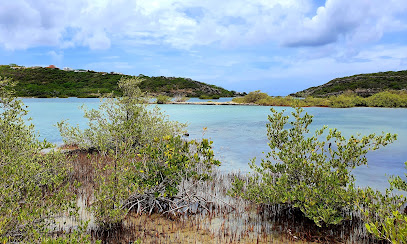
Playa Kanoa
Discover the serene beauty of Playa Kanoa, a captivating beach in Curaçao known for its soft sands and crystal-clear waters, perfect for relaxation and adventure.
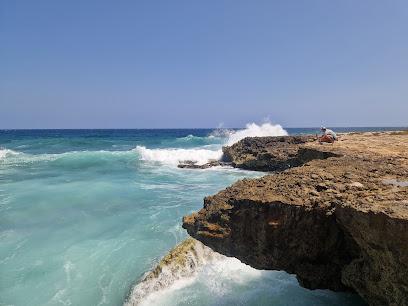
Dushi Diving
Experience the vibrant underwater world of Curacao at Dushi Diving, where adventure meets safety in the heart of the Caribbean.
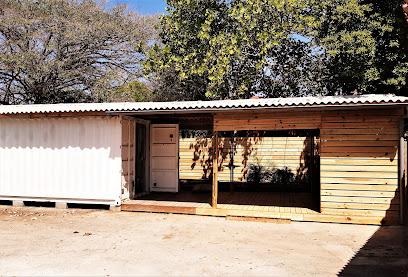
Koenoekoe Mahuma
Explore the serene beauty of Koenoekoe Mahuma, a lush garden in Willemstad, Curaçao, perfect for nature lovers and relaxation seekers.
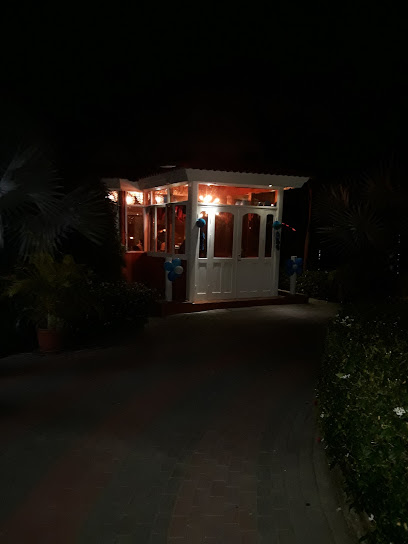
Street Art Skalo
Explore the vibrant street art of Scharlooweg, an open-air museum that showcases the creativity and culture of Willemstad, Curaçao.
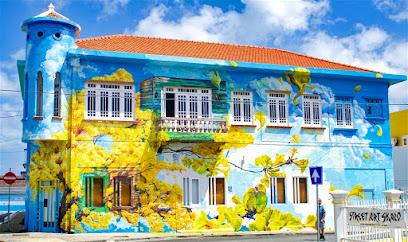
Snorkeling Tours Curacao.
Explore the incredible underwater world of Curacao with Snorkeling Tours Curacao, where adventure meets stunning marine life.

Flamingo Habitat Parking
Experience the stunning beauty of flamingos in their natural habitat at the Flamingo Habitat Parking in Sint Michiel, Curaçao.
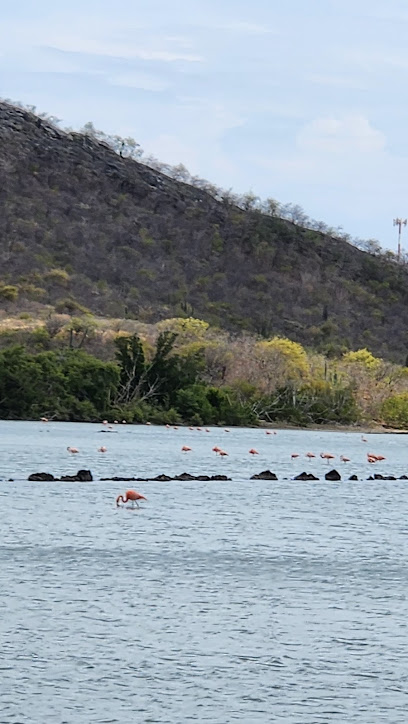
Dive Spot Bullenbaai
Explore the vibrant underwater world at Dive Spot Bullenbaai in Willemstad, Curaçao, and experience unforgettable snorkeling and diving adventures.
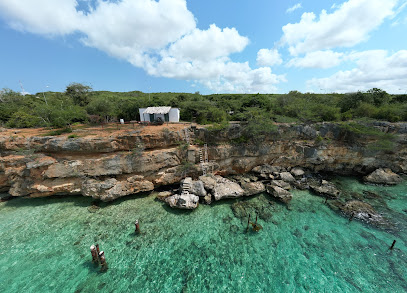
G-Atv Tours
Discover the breathtaking landscapes of Curaçao with G-Atv Tours – an exhilarating journey through nature's beauty on your adventure-filled getaway.

Parasasa beach
Discover the beauty of Parasasa Beach in Willemstad, Curaçao - a serene paradise of golden sands and crystal-clear waters perfect for relaxation and exploration.
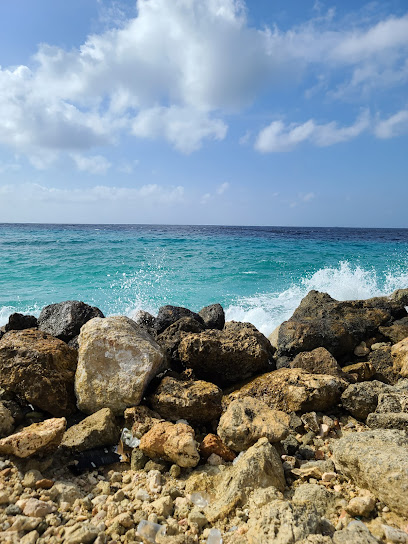
Essential places to dine
De Visserij piscadera
Discover De Visserij in Willemstad: A top-rated seafood restaurant offering fresh catches and delightful local flavors with stunning ocean views.

Restaurant & Café Gouverneur De Rouville
Experience authentic Caribbean cuisine with stunning harbor views at Restaurant & Café Gouverneur De Rouville in Willemstad.
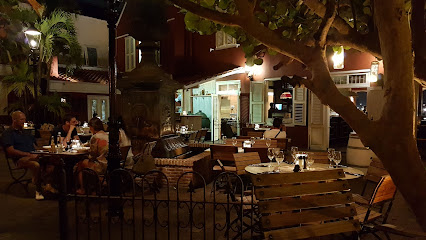
Brisa Do Mar
Experience the best of Curaçao's cuisine at Brisa Do Mar – where delicious food meets breathtaking ocean views.
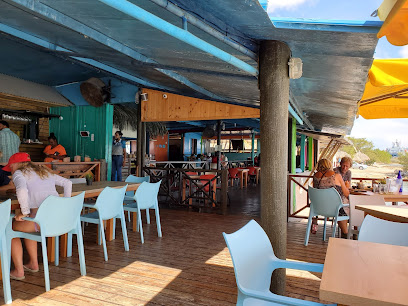
La Bohème Curaçao
Experience authentic Caribbean cuisine at La Bohème Curaçao – your go-to destination for breakfast, brunch, and lunch in Willemstad.

Fort Nassau
Experience exquisite dining with stunning views at Fort Nassau in Willemstad, Curaçao - where history meets culinary artistry.
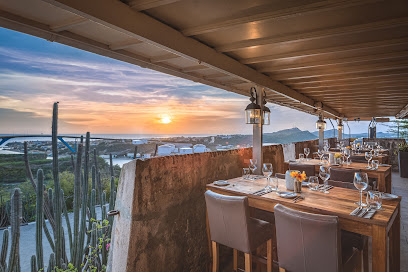
Sea Side Terrace
Discover exquisite seafood dining at Sea Side Terrace in Willemstad, Curaçao – where ocean views meet culinary excellence.
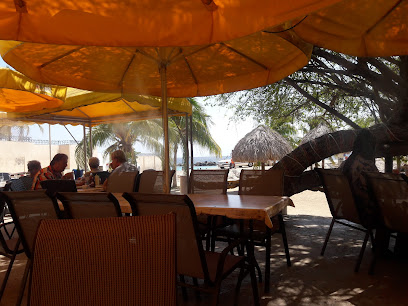
Landhuis Brakkeput Mei Mei restaurant
Experience authentic Caribbean flavors amidst stunning gardens at Landhuis Brakkeput Mei Mei - perfect for families and romantic evenings.

Ceviche 91 gastrobar
Discover Ceviche 91 gastrobar in Willemstad: where fresh seafood meets stunning ocean views for an unforgettable dining experience.
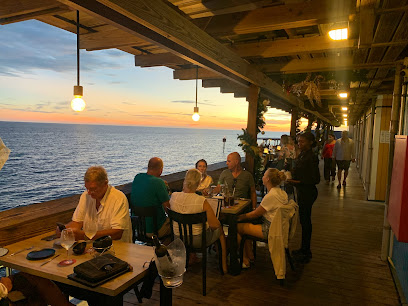
Jaanchie Restaurant
Experience authentic Caribbean cuisine at Jaanchie Restaurant in Sabana Westpunt, where every dish tells a story.
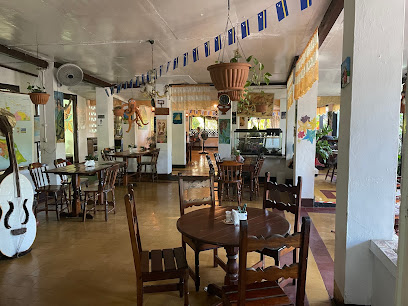
Chill Beach Bar & Grill
Experience culinary bliss at Chill Beach Bar & Grill in Willemstad - where delicious food meets stunning ocean views.
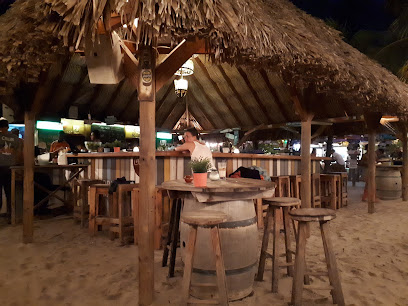
Poké Food Station
Discover the vibrant taste of island life at Poké Food Station – where fresh ingredients meet Caribbean flavors in every bowl.
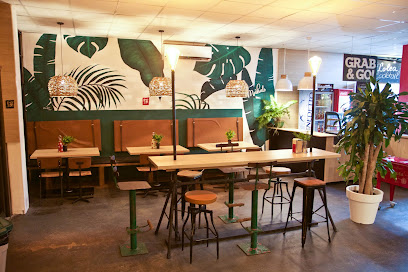
Sol Food
Discover authentic Caribbean cuisine at Sol Food in Westpunt, Curaçao – where every bite tells a story!
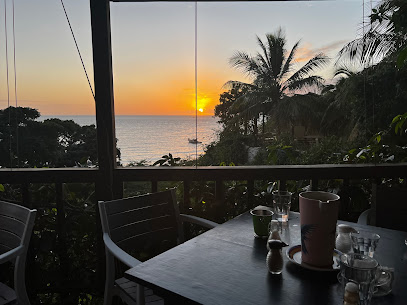
Landhuis Daniel restaurant
Experience the exquisite blend of Caribbean flavors and stunning scenery at Landhuis Daniel restaurant in Curaçao.
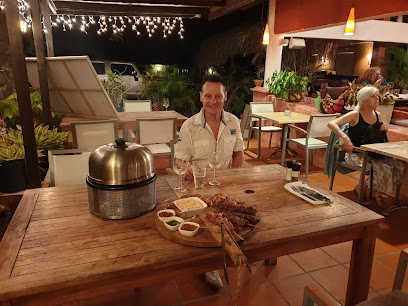
Koraal Rooftop Terrace
Discover culinary excellence at Koraal Rooftop Terrace with stunning views and delectable dishes in Curaçao.
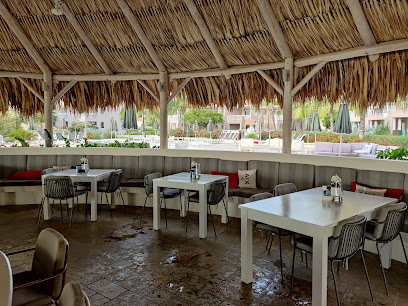
Cactus Cafe
Discover authentic Caribbean flavors at Cactus Cafe in Sabana Westpunt - where every meal is a celebration of local cuisine.
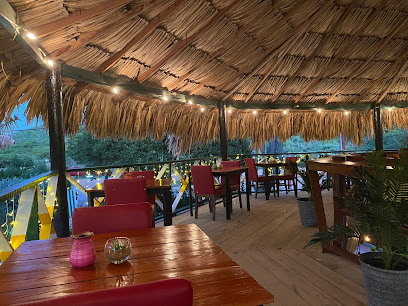
Markets, malls and hidden boutiques
La Curacao
Explore La Curacao in Willemstad for a diverse shopping experience, featuring everything from local souvenirs to modern electronics.
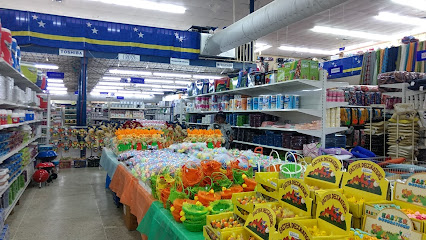
Jolly Fashion by Prakash
Explore Jolly Fashion by Prakash in Willemstad for unique clothing, jewelry, and accessories that capture the essence of Curaçao's vibrant culture.
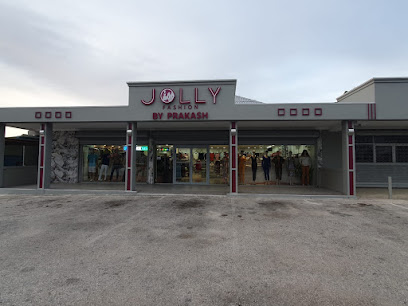
CuraCare Health & Beauty Curacao Airport/ HATO
Explore CuraCare Health & Beauty at Curacao Airport, your go-to kiosk for essential beauty supplies on the go.
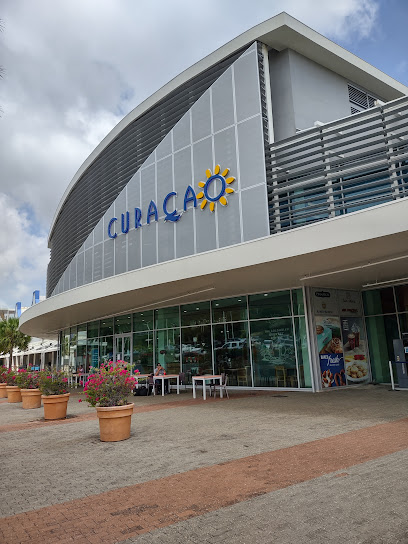
Britt Shop
Discover the vibrant spirit of Curacao at Britt Shop, your go-to destination for unique souvenirs and local crafts at Curacao Hato International Airport.

Unique point
Discover Unique Point in Willemstad – a men's clothing store offering stylish selections and a vibrant shopping experience in Curaçao.

General Party & Gifts
Explore unique souvenirs and local crafts at General Party & Gifts, a charming gift shop in Willemstad, Curaçao, perfect for capturing your travel memories.
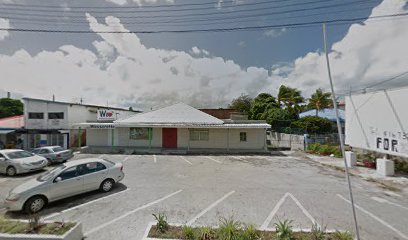
AURA FASHION
Discover chic women's fashion at AURA FASHION, a stylish shopping haven in Willemstad, Curaçao, offering a diverse range of trendy clothing.

Dolce Vita Boutique
Discover unique fashion pieces at Dolce Vita Boutique, a stylish clothing store in Willemstad, Curaçao, showcasing local designers and vibrant apparel.

Machoo For mens
Explore Machoo For Men in Willemstad for stylish and quality men's clothing that reflects the vibrant culture of Curaçao.
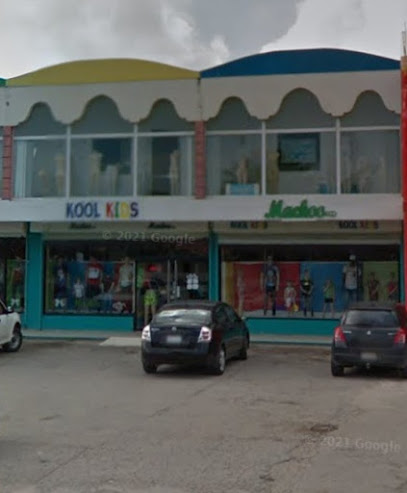
It's a new beginning
Discover the vibrant spirit of Curaçao at It's a New Beginning, a gift shop offering unique local crafts and unforgettable souvenirs.

ANGELS CURACAO
Explore the vibrant local culture at Angels Curacao, your go-to general store for unique souvenirs and authentic island flavors in Willemstad.
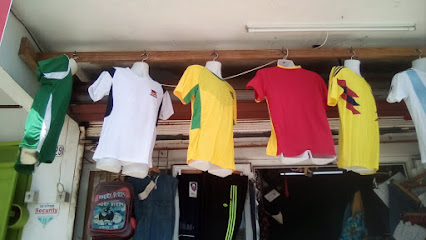
Penha Duty Free Curacao at Airport Arrivals and Departures
Discover a World of Shopping at Penha Duty Free in Curaçao - Perfumes, Cosmetics, and Local Delights Await!
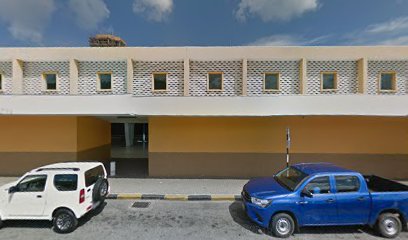
Iana's Kids Boutique
Explore Iana's Kids Boutique in Willemstad for stylish baby clothing and unique accessories that celebrate the vibrant culture of Curaçao.

Changes Jan Noorduynweg
Discover stylish apparel and accessories at Changes Jan Noorduynweg, a unique clothing store in Willemstad, Curaçao, that reflects island culture.
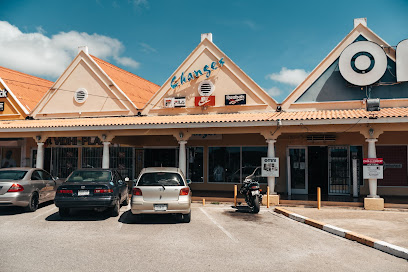
Carmisha's Boutique
Explore Carmisha's Boutique for unique fashion and artisanal products, showcasing local craftsmanship and vibrant culture.

Essential bars & hidden hideouts
Wet & Wild Beach Club
Experience the ultimate beach getaway at Wet & Wild Beach Club in Willemstad, Curaçao, where fun and relaxation meet stunning ocean views.

The Niffo Huts
Experience the vibrant taste of Curaçao at The Niffo Huts, where local flavors and a lively atmosphere come together for an unforgettable dining experience.
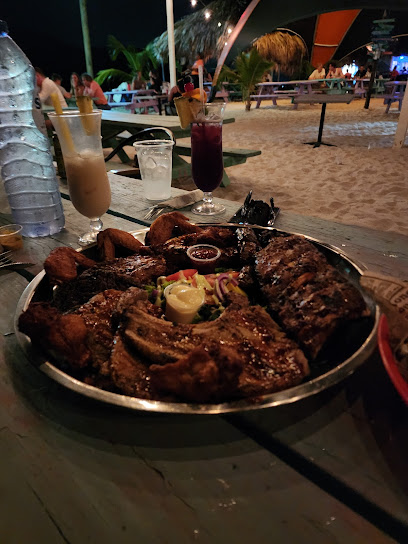
Netto Bar
Discover the lively charm of Netto Bar in Willemstad, where locals and travelers unite over drinks and good times.
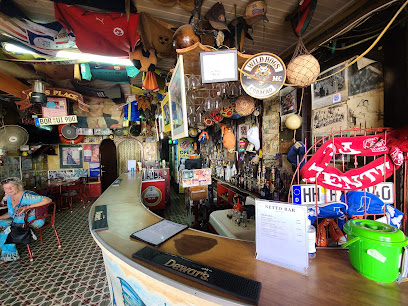
Cascada Rooftop Bar + Kitchen
Indulge in exquisite dining and stunning views at Cascada Rooftop Bar + Kitchen, a top culinary destination in Willemstad, Curaçao.
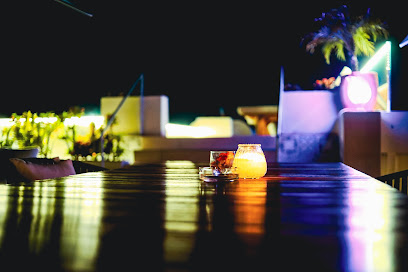
The Sopranos Sport Bar & Pizzeria
Discover the vibrant atmosphere and delicious flavors at The Sopranos Sport Bar & Pizzeria in Willemstad, Curaçao, where sports and great food collide.
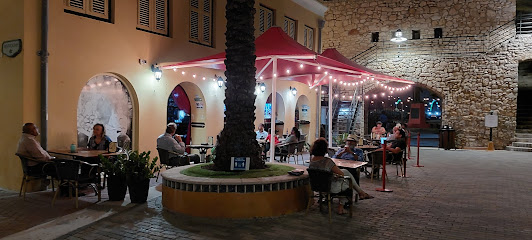
Schooner Bar
Discover the vibrant Schooner Bar in Willemstad, where delicious small plates meet a lively bar atmosphere, reflecting the essence of Caribbean culinary culture.
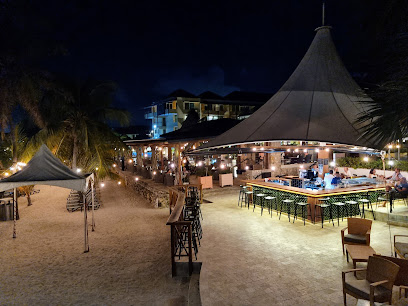
5 O'clock Somewhere Curaçao
Experience the ultimate tropical escape at 5 O'clock Somewhere Curaçao, where relaxation meets vibrant island life in a stunning setting.
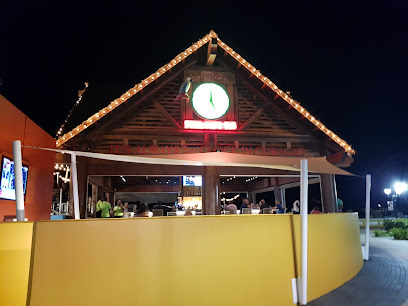
Tiki Loco
Experience the vibrant flavors of Tiki Loco, a cocktail bar and burger haven in Willemstad, Curaçao, where every sip and bite transports you to paradise.
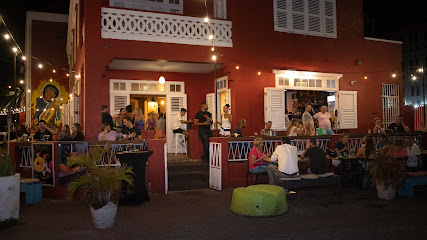
Doo-shee cocktail bar
Experience the vibrant nightlife at Doo-shee Cocktail Bar in Otrobanda, Willemstad - where expertly crafted cocktails meet stunning views.
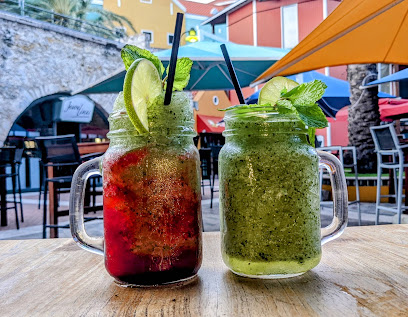
Curadise Bar Restaurant
Discover the vibrant nightlife of Willemstad at Curadise Bar Restaurant, where refreshing drinks and a welcoming atmosphere await.
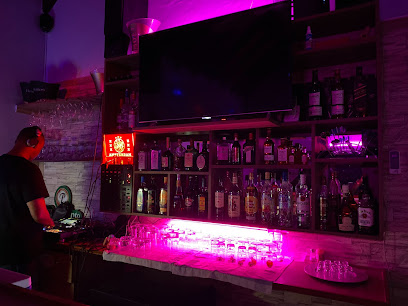
The World Best Mojito Bar
Discover the ultimate mojito experience in the heart of Curaçao's vibrant Punda district, where refreshing cocktails meet island charm.

Blend Beach Bar @ Blue Bay Curaçao Golf & Beach Resort
Experience the vibrant atmosphere of Blend Beach Bar at Blue Bay Curaçao, where refreshing cocktails meet stunning ocean views in a tropical paradise.

Swinging Old Lady Brewery
Discover the vibrant atmosphere and unique craft beers at Swinging Old Lady Brewery in Willemstad, Curaçao's must-visit brewpub.
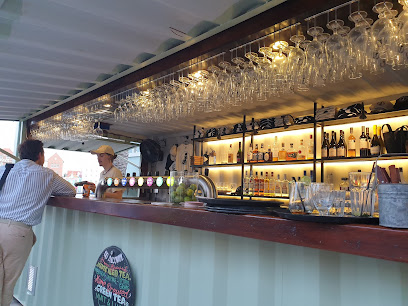
GAZE Bar & Lounge Curaçao
Discover the lively GAZE Bar & Lounge in Willemstad, where vibrant nightlife, live music, and a welcoming atmosphere create unforgettable experiences.
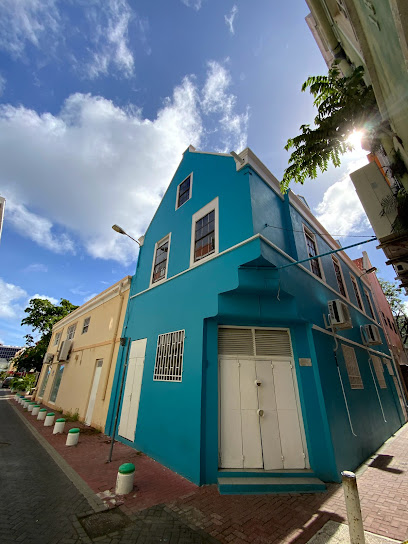
Rif fort bar
Discover the vibrant atmosphere of Rif Fort Bar in Willemstad, where Caribbean charm meets stunning harbor views and refreshing cocktails.

Local Phrases about Hato Caves
-
- HelloBon dia
[bon dee-ah] - GoodbyeAyo
[ah-yo] - YesSi
[see] - NoNo
[no] - Please/You're welcomePor fabor
[por fa-bor] - Thank youDanki
[dahn-kee] - Excuse me/SorryDiskulpa
[dee-skool-pah] - How are you?Kon ta bai?
[kohn tah by] - Fine. And you?Bon. I boso?
[bon. ee boh-soh?] - Do you speak English?Bo ta papia Ingles?
[boh tah pah-pee-ah een-glehs?] - I don't understandMi no kompronde
[mee noh kom-prohn-deh]
- HelloBon dia
-
- I'd like to see the menu, pleaseMi ke mira e menu, por fabor
[mee keh mee-rah eh meh-noo, por fa-bor] - I don't eat meatMi no kome karni
[mee noh koh-meh kahr-nee] - Cheers!Salud!
[sah-lood] - I would like to pay, pleaseMi ke paga, por fabor
[mee keh pah-gah, por fa-bor]
- I'd like to see the menu, pleaseMi ke mira e menu, por fabor
-
- Help!Yudami!
[yoo-dah-mee!] - Go away!Bai for di mi!
[bah-ee for dee mee!] - Call the Police!Yama polis!
[yah-mah poh-lees!] - Call a doctor!Yama un dokter!
[yah-mah oon dohk-tehr!] - I'm lostMi ta perdi
[mee tah pehr-dee] - I'm illMi ta malu
[mee tah mah-loo]
- Help!Yudami!
-
- I'd like to buy...Mi ke kumpra...
[mee keh koom-prah...] - I'm just lookingMi ta mira solamente
[mee tah mee-rah soh-lah-men-teh] - How much is it?Kuantu ta esaki?
[kwan-too tah eh-sah-kee?] - That's too expensiveEsaki ta muchu karu
[eh-sah-kee tah moo-choo kah-roo] - Can you lower the price?Bo por baha e preis?
[boh por bah-hah eh preis?]
- I'd like to buy...Mi ke kumpra...
-
- What time is it?Kuantu ora ta?
[kwan-too oh-rah tah?] - It's one o'clockTa un ora
[tah oon oh-rah] - Half past (10)Mita (10)
[mee-tah (10)] - MorningMarduga
[mahr-doo-gah] - AfternoonAtardi
[ah-tar-dee] - EveningAnochi
[ah-noh-chee] - YesterdayAyer
[ah-yehr] - TodayAwe
[ah-weh] - TomorrowMañana
[mah-nyah-nah] - 1Uno
[oo-no] - 2Dos
[dohs] - 3Tres
[trehs] - 4Cuater
[kwah-tehr] - 5Cinco
[seen-koh] - 6Seis
[sace] - 7Siete
[see-eh-teh] - 8Ocho
[oh-cho] - 9Nuebe
[nwah-beh] - 10Diez
[dee-ehs]
- What time is it?Kuantu ora ta?
-
- Where's a/the...?Unda ta e...?
[oon-dah tah eh...?] - What's the address?Kiko ta e adres?
[kee-koh tah eh ah-drehs?] - Can you show me (on the map)?Bo por mustra mi (riba mapa)?
[boh por moos-trah mee (ree-bah mah-pah)?] - When's the next (bus)?Ki ora ta e siguiente (bus)?
[kee oh-rah tah eh see-gwee-en-teh (boos)?] - A ticket (to ....)Un boleto (pa ....)
[oon boh-leh-toh (pah ....)]
- Where's a/the...?Unda ta e...?
History of Hato Caves
-
The Hato Caves were initially used by the Arawak Amerindians around 1,500 years ago. These indigenous people found shelter in the caves and left behind numerous petroglyphs and carvings, which are still visible today. These ancient markings provide valuable insights into the culture and practices of the early inhabitants of Curacao.
-
During the 18th and 19th centuries, the Hato Caves served as a refuge for escaped slaves, known as 'Cimarrons.' The dense vegetation and intricate cave systems offered a safe hideout from colonial authorities. Stories of these brave individuals have been passed down through generations and are an integral part of Curacao's history.
-
In World War II, the strategic importance of the Caribbean led to the use of various locations, including the Hato Caves, for military purposes. The caves were used by the Allied forces as a storage site for equipment and provisions. This period marked a significant chapter in the role of Curacao during the global conflict.
-
In the mid-20th century, the Hato Caves were officially opened to the public, transforming them into one of Curacao's most popular tourist destinations. The caves feature guided tours that highlight their natural beauty, historical significance, and the folklore that surrounds them. Today, visitors can explore the stalagmites, stalactites, and underground lakes while learning about the rich history of the area.
-
Efforts to preserve the Hato Caves have been ongoing, with initiatives aimed at protecting the archaeological and natural aspects of the site. The caves are managed by local authorities and organizations dedicated to conservation, ensuring that future generations can continue to appreciate their historical and cultural value.
Hato Caves Essentials
-
Hato Caves is located on the northern coast of Curacao, near the Hato International Airport (Curaçao International Airport). The caves are approximately a 5-minute drive from the airport, making it a convenient destination for travelers. You can reach the caves by taxi, rental car, or organized tour. If you are staying in Willemstad, the capital city, it's about a 20-minute drive to Hato Caves.
-
Transportation options to Hato Caves include taxis, rental cars, and organized tours. Taxis are readily available at the airport and in major tourist areas. Renting a car offers flexibility and is a popular option among tourists; major rental agencies operate at the airport and in Willemstad. Many tour operators also offer guided tours to Hato Caves, often combined with visits to other attractions.
-
The official currency of Curacao is the Netherlands Antillean Guilder (ANG), but US dollars are widely accepted. Credit cards are accepted at most tourist attractions, hotels, and restaurants, including Hato Caves. It's advisable to carry some cash for smaller purchases or at places that may not accept cards. ATMs are available throughout Willemstad and other major areas.
-
Curacao is generally a safe destination for tourists. However, like any other travel destination, it is important to take standard safety precautions. Avoid isolated areas and neighborhoods with high crime rates, such as some parts of Otrobanda and certain areas in Punda, especially at night. Keep your belongings secure and be aware of your surroundings. Hato Caves itself is a well-secured and safe attraction.
-
In case of an emergency, dial 911 for immediate assistance. The nearest hospital to Hato Caves is the Curaçao Medical Center in Willemstad, approximately 20 minutes away by car. It’s advisable to have travel insurance that covers medical emergencies. For minor health issues, pharmacies are available in Willemstad and other parts of the island.
-
Fashion: Do wear comfortable clothing and sturdy shoes suitable for walking inside the caves. Avoid high heels and slippery shoes. Religion: Do respect the natural and historical significance of the caves. Public Transport: Do book your tickets for organized tours in advance. Don’t assume public transport will take you directly to the caves. Greetings: Do greet tour guides and staff with a friendly 'Good day' or 'Bon dia' in Papiamentu. Eating & Drinking: Do bring water to stay hydrated. Don’t eat or drink inside the caves as it is prohibited.
-
To experience Hato Caves like a local, consider visiting during the early morning or late afternoon to avoid the crowds and heat. Take time to explore the surrounding area and its natural beauty, including the nearby Indian Trail, which features ancient petroglyphs. Engage with the knowledgeable tour guides, who often share fascinating stories and insights about the caves’ history and geology.
Nearby Cities to Hato Caves
-
Things To Do in Sint Michiel
-
Things To Do in Willemstad
-
Things To Do in Barber
-
Things To Do in Soto
-
Things To Do in Sabana Westpunt
-
Things To Do in Westpunt
-
Things To Do in San Nicolas
-
Things To Do in Savaneta
-
Things To Do in Santa Cruz
-
Things To Do in Pos Chiquito
-
Things To Do in Paradera
-
Things To Do in Sero Blanco
-
Things To Do in Tanki Leendert
-
Things To Do in Oranjestad
-
Things To Do in Noord







